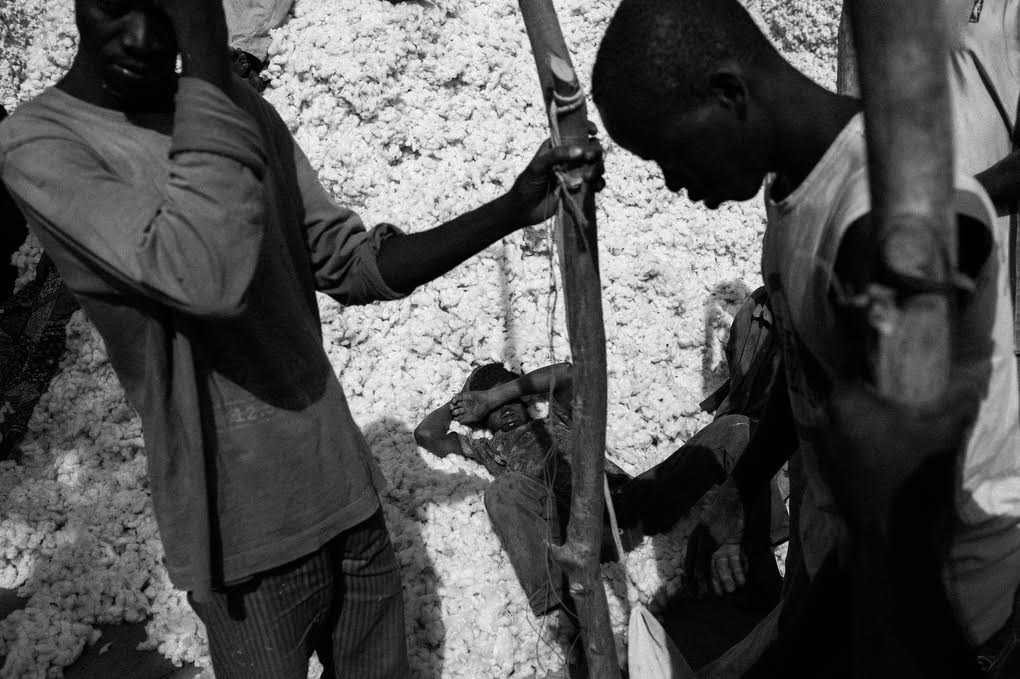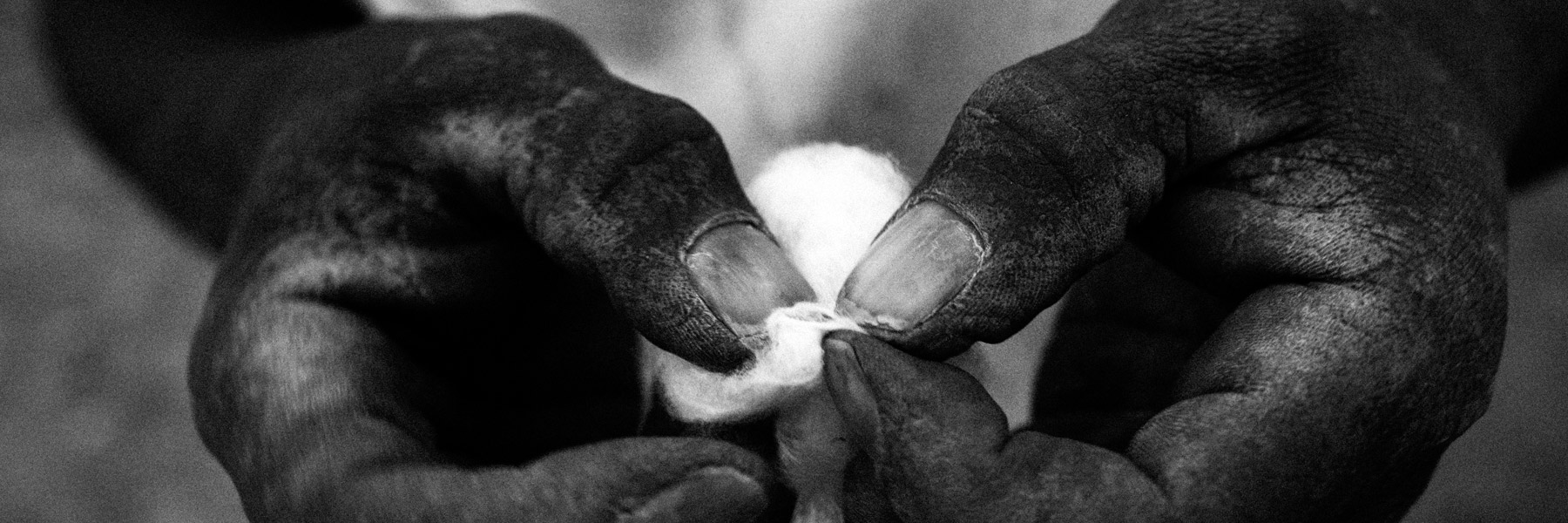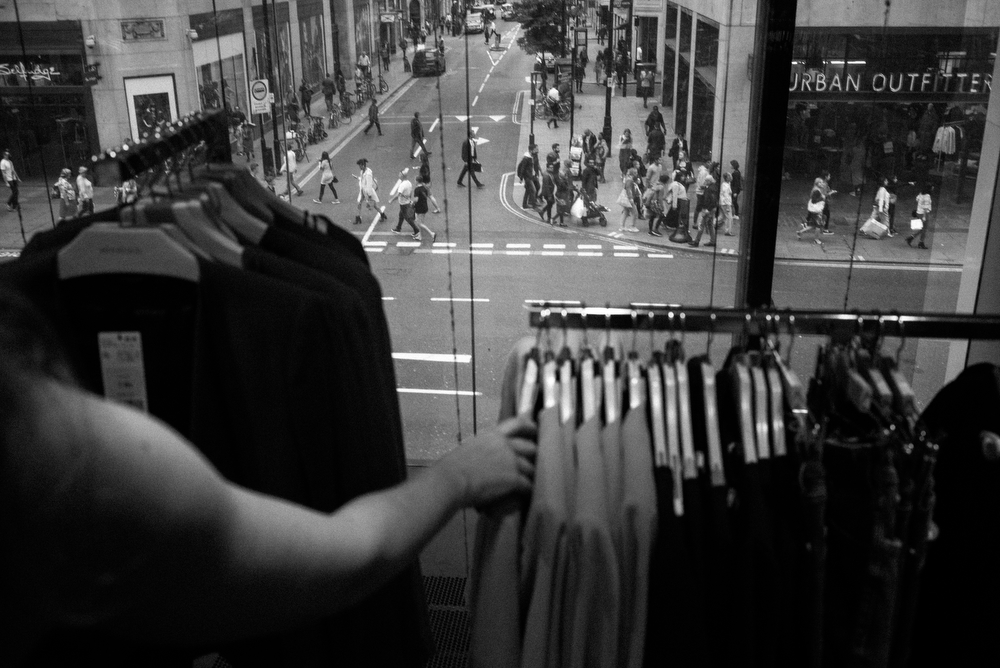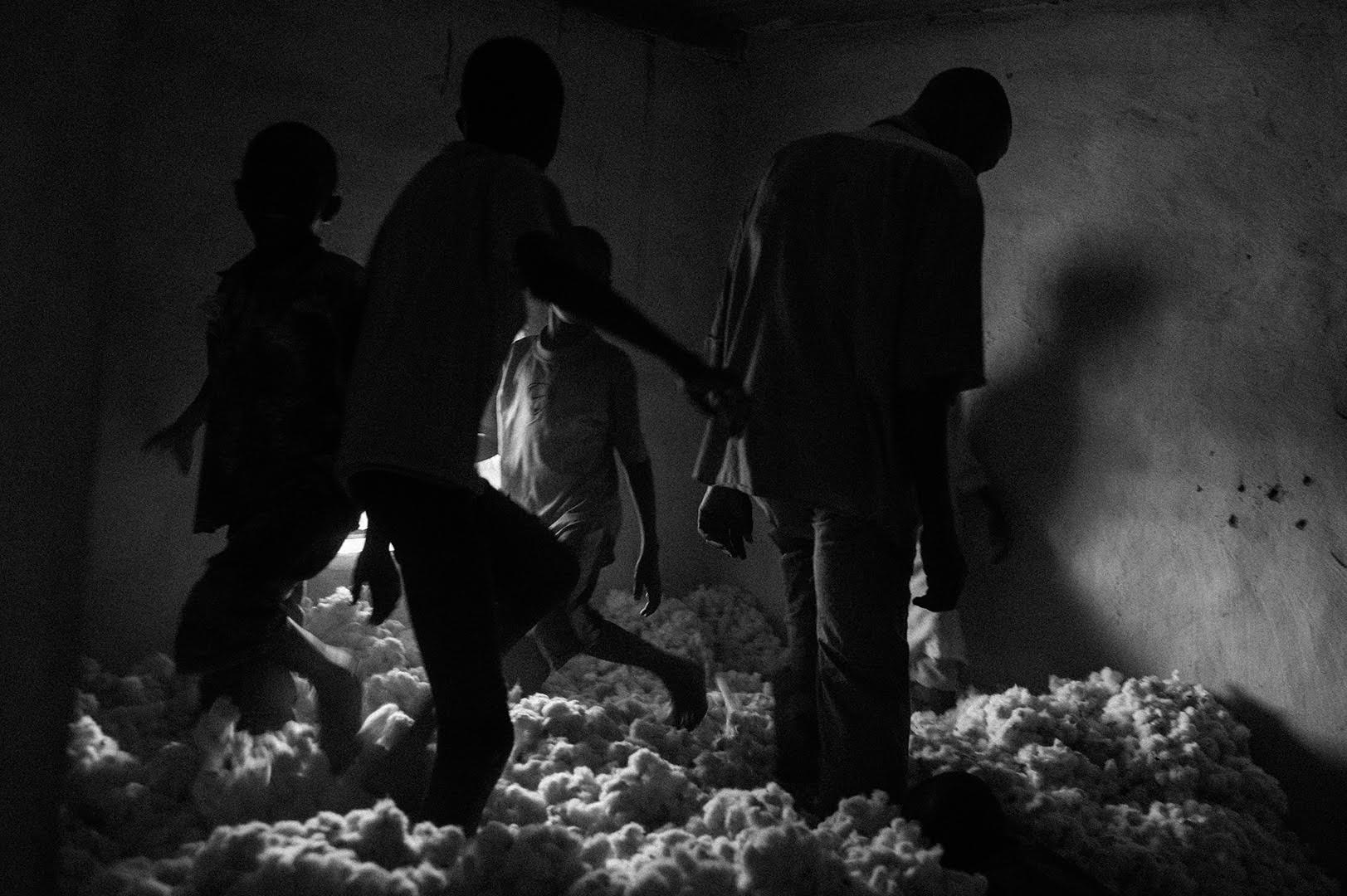Project December 14, 2016
Cotton: The Story Behind the Garment Industry
Country:

You can learn a lot about how our global capitalist economy came into being by tracking the production of one of our most basic commodities: cotton. By connecting growers, workers, traders, factory owners, and consumers in a supply and distribution network that reaches across the world, cotton has played an integral role in forging the efficient and ruthless structures of today's globalized economy.
Today, the pattern is well-known: Large corporations source their textiles from the cheapest factories possible. Factories in turn buy the cheapest cotton they can find. States compete with one another to prevent corporations from decamping to cheaper countries.
Most of the countries that rely on cotton and garment export commodities exhibit low indicators of socioeconomic development. West Africa's Burkina Faso, a major exporter of cotton, for example, ranks 183 out of 188 countries on the United Nations' Human Development Index, which measures average life expectancy, education, and income. Bangladesh, one of the world's top garment exporters, ranks 142nd. The rock bottom wages and lack of worker protections in these countries allow for the production of strikingly cheap clothes. These are the faces and the stories of the people who make the shirts, jeans, and countless other items you use every day.
The transparency of the overall process is crucial. In this project, Meta Krese and Jošt Franko look at the whole process, from farming communities in Burkina Faso that depend on the cotton crop, to textile workers in Bangladesh, whose income solely depends on the garment industry, and those in Slovenia and England who were dependent on the textile industry before apparel from Asia took over the global market.














